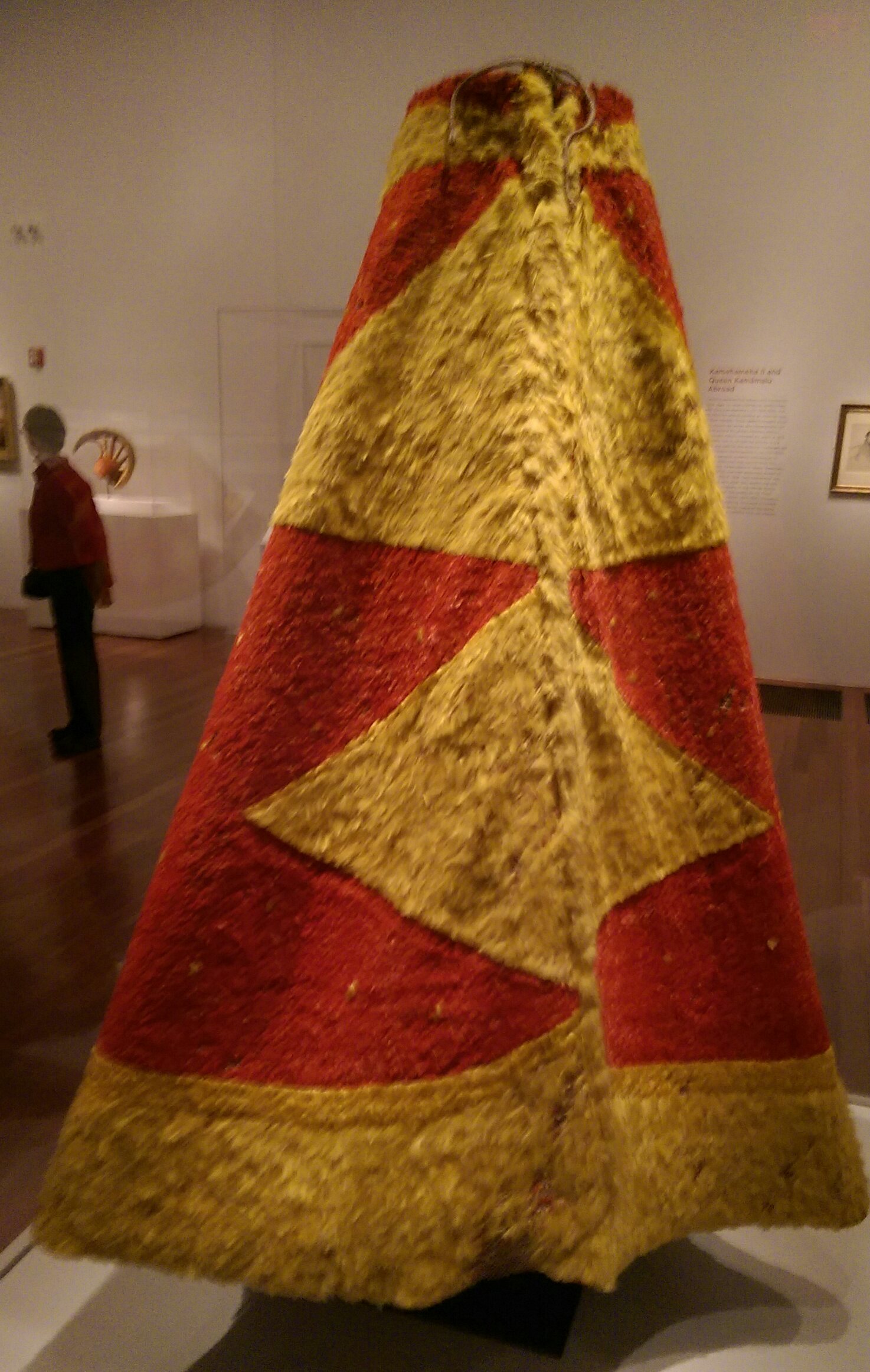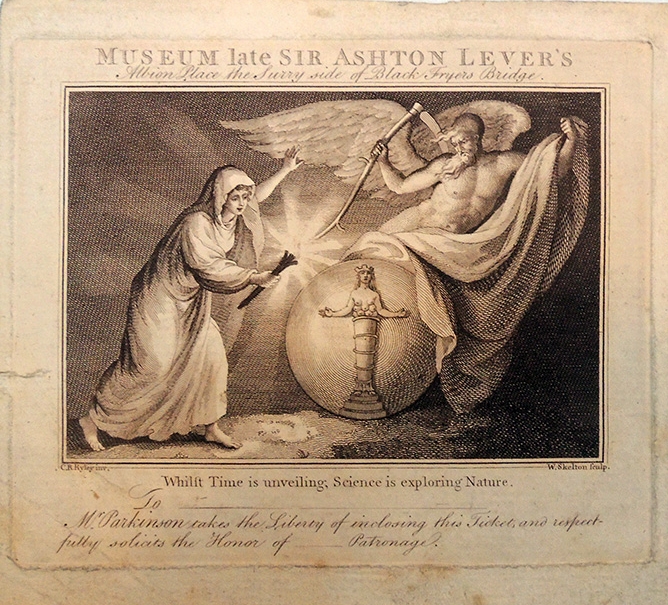|
Mahiole
Hawaiian feather helmets, known as ''mahiole'' in the Hawaiian language, were worn with feather cloaks (ʻahu ʻula). These were symbols of the highest rank reserved for the men of the ''alii'', the chiefly class of Hawaii. There are examples of this traditional headgear in museums around the world. At least sixteen of these helmets were collected during the voyages of Captain Cook.To attempt some new discoveries in that vast unknown tract , Smithsonian Museum of Natural History, Washington DC Cook’s Pacific Encounters symposium, National Museum of Australia, 28 July 2006 These helmets are made from a woven frame structure ... [...More Info...] [...Related Items...] OR: [Wikipedia] [Google] [Baidu] |
Mahiole (feathered Helmet)
Hawaiian feather helmets, known as ''mahiole'' in the Hawaiian language, were worn with feather cloaks (ʻahu ʻula). These were symbols of the highest rank reserved for the men of the ''alii'', the chiefly class of Hawaii. There are examples of this traditional headgear in museums around the world. At least sixteen of these helmets were collected during the voyages of Captain Cook.To attempt some new discoveries in that vast unknown tract , Smithsonian Museum of Natural History, Washington DC Cook’s Pacific Encounters symposium, National Museum of Australia, 28 July 2006 These helmets are made from a woven frame structur ... [...More Info...] [...Related Items...] OR: [Wikipedia] [Google] [Baidu] |
The Death Of Captain James Cook (Zoffany)
''The Death of Captain James Cook, 14 February 1779'' is a painting by Johann Zoffany. The painting records the loss of the British explorer Captain James Cook. The painting was made in around 1794 or 1795, some years after the death of Cook in 1779. Other paintings of the death of Cook were painted earlier. The Mahiole (Feathered Helmet) that was included in the painting of Cook's death by Zoffany is said to be the helmet given to Cook when he first landed in Hawaii. Painting's construction The painting is unfinished. Zoffany is thought to have based the painting on another made of Cook's death by John Webber who was the official artist on Cook's third voyage. Zoffany had been invited at one time to be an artist on one of Cook's voyages and it is thought that he may have previously painted Cook. Webber had not witnessed the death of Cook, but he would have known many of the people involved. He would have known the English sailors but he would also have seen many of the natives. W ... [...More Info...] [...Related Items...] OR: [Wikipedia] [Google] [Baidu] |
Kalaniʻōpuʻu
Kalaniōpuu-a-Kaiamamao (c. 1729 – April 1782) was the aliʻi nui (supreme monarch) of the island of Hawaiʻi. He was called ''Terreeoboo, King of Owhyhee'' by James Cook and other Europeans. His name has also been written as Kaleiopuu. Biography Kalaniʻōpuʻu was the son of Kalaninuiamamao (k) and his wife Kamākaʻimoku (w), a high ranking aliʻi wahine (female of hereditary nobility) who was also the mother of Keōua (k) with another husband named Kalanikeʻeaumoku (k). This made her the grandmother of Kamehameha I. During his reign, Alapainui had kept the two young princes, Kalaniʻōpuʻu and Keōua, close to him out of either kindness or politics. Kalaniōpuu-a-Kaiamamao was the king of the island during the times Captain James Cook came to Hawaiʻi and went aboard his ship on November 26, 1778. After Cook anchored at Kealakekua Bay in January 1779, Kalaniōpuu-a-Kaiamamao paid a ceremonial visit on January 26, 1779 and exchanged gifts including a ʻahuʻula (fea ... [...More Info...] [...Related Items...] OR: [Wikipedia] [Google] [Baidu] |
Touchardia Latifolia
''Touchardia'' is a genus of flowering plants in the nettle family, Urticaceae. It is monotypic containing a single species, ''Touchardia latifolia'', commonly known as olonā in Hawaiian. It is endemic to the Hawaiian Islands. Etymology The genus name of ''Touchardia'' is in honour of Philippe Victor Touchard (1810–1879), a French vice-admiral. The Latin specific epithet of ''latifolia'' means long flat leaves. Both the genus and the species were first described and published in Voy. Bonite, Bot. Vol.3 on table 94 in 1848. Description Typical to many Hawaiian plants, olonā does not have the stinging hairs of its mainland cousins. It is found on all the main Hawaiian islands except Kahoolawe and Niihau. Olonā has alternate leaves whose shape greatly varies depending upon the environment from thin lancolate to broad elliptic. The large range in leaf variation once divided ''T. latifolia'' into more than 10 species, which are currently considered to be one. Olonā typically ... [...More Info...] [...Related Items...] OR: [Wikipedia] [Google] [Baidu] |
Cloak Helmet And Chief
A cloak is a type of loose garment worn over clothing, mostly but not always as outerwear for outdoor wear, serving the same purpose as an overcoat, protecting the wearer from the weather. It may form part of a uniform. Cloaks have been and are worn in countless societies. Over time cloak designs have been changed to match fashion and available textiles. Cloaks generally fasten at the neck or over the shoulder, vary in length, from hip all the way down to the ankle, mid-calf being the normal length. They may have an attached hood and may cover and fasten down the front, in which case they have holes or slits for the hands to pass through. However, cloaks are almost always sleeveless. Etymology The word ''cloak'' comes from Old North French ''cloque'' (Old French ''cloche'', ''cloke'') meaning "travelling cloak", from Medieval Latin ''clocca'' "travelers' cape," literally "a bell," so called from the garment's bell-like shape. Thus the word is related to the word ''clock''. Hi ... [...More Info...] [...Related Items...] OR: [Wikipedia] [Google] [Baidu] |
William Bullock (collector)
William Bullock ( – 7 March 1849) was an English traveller, naturalist and antiquarian. Life Bullock began as a goldsmith and jeweller in Birmingham. By 1795 Bullock was in Liverpool, where he founded a Museum of Natural Curiosities at 24 Lord Street. While still trading as a jeweller and goldsmith, in 1801 he published a descriptive catalogue of the works of art, armoury, objects of natural history, and other curiosities in the collection, some of which had been brought back by members of James Cook's expeditions. In 1809, Bullock moved to London and the collection, housed first at 22 Piccadilly and in 1812 in the newly built Piccadilly Egyptian Hall, proved extremely popular. The collection, which included over 32,000 items, was disposed of by auction in 1819. In 1810, Bullock figured briefly in a law case concerning Sarah Baartman, a Khoikhoi woman brought to England for purposes of exhibition as the "Hottentot Venus". Bullock had been approached by Alexander Dunlop ... [...More Info...] [...Related Items...] OR: [Wikipedia] [Google] [Baidu] |
Joseph Banks
Sir Joseph Banks, 1st Baronet, (19 June 1820) was an English naturalist, botanist, and patron of the natural sciences. Banks made his name on the 1766 natural-history expedition to Newfoundland and Labrador. He took part in Captain James Cook's first great voyage (1768–1771), visiting Brazil, Tahiti, and after 6 months in New Zealand, Australia, returning to immediate fame. He held the position of president of the Royal Society for over 41 years. He advised King George III on the Royal Botanic Gardens, Kew, and by sending botanists around the world to collect plants, he made Kew the world's leading botanical garden. He is credited for bringing 30,000 plant specimens home with him; amongst them, he was the first European to document 1,400. Banks advocated British settlement in New South Wales and the colonisation of Australia, as well as the establishment of Botany Bay as a place for the reception of convicts, and advised the British government on all Australian matte ... [...More Info...] [...Related Items...] OR: [Wikipedia] [Google] [Baidu] |
James Parkinson (1730–1813)
James Parkinson (baptised 28 February 1730, St Mary's Church, Shrewsbury – 25 February 1813) was an English land agent and the proprietor of the Leverian Museum which he won in a lottery. He then moved the Leverian collection to a museum at the Blackfriars Rotunda which was sometimes referred to as "Parkinson's Museum". He has sometimes been confused with the surgeon James Parkinson. Life Parkinson was the son of James Parkinson and his wife, Jane Birch who had moved from Ireland to Shrewsbury in 1723. His first training was as a law stationer, but he then became a land agent and accountant. In 1769 he helped in the settlement of Sir Thomas Robinson's tangled estates at Rokeby, Yorkshire. This success made his reputation. He later became involved in the Ranelagh Gardens. Parkinson's wife Sarah (married around 1775) had bought two tickets at a guinea each of the lottery for the disposal of the Holophusicon collection of Sir Ashton Lever sometime in 1784. On 23 March 1786, the d ... [...More Info...] [...Related Items...] OR: [Wikipedia] [Google] [Baidu] |
Leverian Museum
The Leverian collection was a natural history and ethnographic collection assembled by Ashton Lever. It was noted for the content it acquired from the voyages of Captain James Cook. For three decades it was displayed in London, being broken up by auction in 1806. The first public location of the collection was the Holophusikon, also known as the Leverian Museum, at Leicester House, on Leicester Square, from 1775 to 1786. After it passed from Lever's ownership, it was displayed for nearly twenty years more at the purpose-built Blackfriars Rotunda just across the Thames, sometimes called Parkinson's Museum for its subsequent owner, James Parkinson (c. 1730-1813). At Alkrington Lever collected fossils, shells, and animals (birds, insects, reptiles, fish, monkeys) for many years, accumulating a large collection at his home at Alkrington, near Manchester. He was swamped with visitors, whom he allowed to view his collection for free, so much so that he had to insist that visitors t ... [...More Info...] [...Related Items...] OR: [Wikipedia] [Google] [Baidu] |
Holophusikon
The Leverian collection was a natural history and ethnographic collection assembled by Ashton Lever. It was noted for the content it acquired from the voyages of Captain James Cook. For three decades it was displayed in London, being broken up by auction in 1806. The first public location of the collection was the Holophusikon, also known as the Leverian Museum, at Leicester House, on Leicester Square, from 1775 to 1786. After it passed from Lever's ownership, it was displayed for nearly twenty years more at the purpose-built Blackfriars Rotunda just across the Thames, sometimes called Parkinson's Museum for its subsequent owner, James Parkinson (c. 1730-1813). At Alkrington Lever collected fossils, shells, and animals (birds, insects, reptiles, fish, monkeys) for many years, accumulating a large collection at his home at Alkrington, near Manchester. He was swamped with visitors, whom he allowed to view his collection for free, so much so that he had to insist that visitors t ... [...More Info...] [...Related Items...] OR: [Wikipedia] [Google] [Baidu] |
Ashton Lever
Sir Ashton Lever Fellow of the Royal Society, FRS (5 March 1729 – 28 January 1788) was an England, English collector of natural objects, in particular the Leverian collection.Ashton Lever Manchester celebrities], retrieved 31 August 2010 Biography Lever was born in 1729 at Alkrington, Alkrington Hall. In 1735 Sir James Darcy Lever, his father, served as High Sheriff of Lancashire. Lever began by collecting seashells in about 1760, and gradually accumulated one of the richest private collections of natural objects, including live animals. He opened it to the public in April 1766, in Manchester, moving the museum to his family home at Alkrington Hall, near Rochdale, Lancashire, in 1771. In the same year he founded Archers' Hall, Inner Circle, Regent's Park, London for the Archers ...[...More Info...] [...Related Items...] OR: [Wikipedia] [Google] [Baidu] |
.jpg)





_Page72_Image1.jpg)